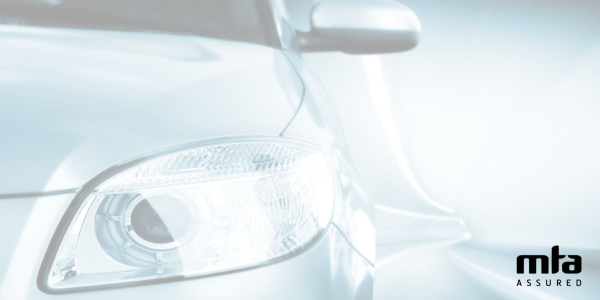November 2025
History of MTA
Established in 1917, MTA has developed from a small organisation to become the largest automotive industry body in New Zealand, representing over 4,000 automotive businesses and acting as a strong advocate for motorists.
Our mission today is the same as it was back then – to create a sustainable business advantage for members and to help the motoring public.
Making motoring popular in New Zealand
In the early 1900s, motoring was fairly new to New Zealand; free driving lessons were included with the sale of a new vehicle; replacement parts were fabricated on-site in garage workshops and petrol was sold by the four gallon tin.
On 30 April 1917, Messrs J Bett and E J Wackrill convened a meeting with seven other business owners in the small town of Feilding, to form a national organisation for retail motor traders in New Zealand. One week later, on 7 May, 1917 the meeting resumed in the Feilding Library Committee Room with fifteen representatives. By the end of the meeting the group was named the Garage Proprietors of New Zealand.
One month later a conference was held in Palmerston North with 52 motor traders from all over the North Island attending. Traders throughout New Zealand welcomed the idea of a national motor trade organisation and telegrams and letters promising support came flooding in. The conference was unanimous in declaring support for an association and approved the name and agreed on the purpose of the association. Their initiative led to the rapid establishment of a national automotive body with several branches being established throughout New Zealand.
For several more years the association took on a few different names until finally being named the Motor Trade Association.
Since those early milestones, MTA has grown and evolved rapidly to become the large, well-known and trusted organisation it is today.
MTA Logo Story
Over the years the MTA logo has been through a number of changes, reflecting the age and environment we have operated in.
In this age of 'The Brand', MTA's distinctive cube logo stands strong, expressing a bright and positive outlook for the future.
It was some four years after the formation of the Motor Trade Association in 1917 that the first logo appeared. The central lettering was of the highly stylised, inter-layered style, favoured at the time. While still an organisation in its infancy at that time, those responsible were nevertheless determined to bring a solid and traditional feel to the look with the background shield device. This was further reinforced with the addition of the heraldic belt to tie it all together while adding that air of dependability.
While Jack Lovelock was winning the Mile event at the 1934 Empire Games in London, the first change was being made to the MTA logo. Interestingly, it reflected not just a change in style, with slightly less ornate lettering, but also a change in name to The New Zealand Garage Proprietors Association. No doubt an indication of the multi-faceted role of repairer, vehicle sales outlet and service station that most members were performing at that time.
That version proved to be relatively short-lived, lasting only seven years. In 1941 the name reverted back to the NZ Motor Trade Association. Even though the rest of the changes were evolutionary rather than anything else, this logo was to serve the Association until 1963, the year that the NZ Grand Prix finally found a permanent home at Pukekohe racetrack. In probably the most dramatic change yet seen, the logo was very much a sign of the times. New Zealand was put firmly on the map, taking centre-stage, while the combination of repair and sales activities was represented by a togged device and a speeding vehicle. Equally significant was the change in name to RMTA or the Retail Motor Trade Association.
While we nowadays take daylight saving for granted, it was first trialled in 1974 the same year as the next change to the logo. Again evolutionary, it retained many of the elements of its predecessor: it had a less cluttered look and featured a more distinctive vehicle silhouette of a then fashionable 'muscle car'. Perhaps as a precursor to the impending change to the law that was set for the following year, the word Retail was dropped and the name again went back to MTA.
1975 saw the introduction of the Motor Vehicle Sales Act and with it the forced separation of motor vehicle dealers from the organisation. The MVDI took its lead from the legislative changes with a dual logo for Vehicle and motorcycle sales under the heading of Sign of a New Era. That turned out to be very much a transitional stage as MVDI quickly settled on a simple bold lettered hexagonal style. In keeping with the well established rate of change that was now synonymous with the whole automotive industry, MVDI moved to change their logo 12 years later to the purple and terracotta swirl device that was used until the Institute merged with MTA in 2003.
Even with a significant change in the member base, MTA maintained its logo until 1984. The blue 'shimmer effect' logo was another leap forward style wise, with bold lettering, interceded with horizontal lines of decreasing thickness. This logo had a life of 20 years before the current logo was created in 2004.
Another addition to the MTA logo family has been the MTA Racing logo, created in 2006 for our representation in Formula Ford racing series.
The history of MTA and MVDI shows both have been ready and willing to adapt to changing markets and shifts in public perceptions. Not afraid to move on, both have worked to regularly update their image, and as once again a single organisation, adopt a look for the 21st century.




